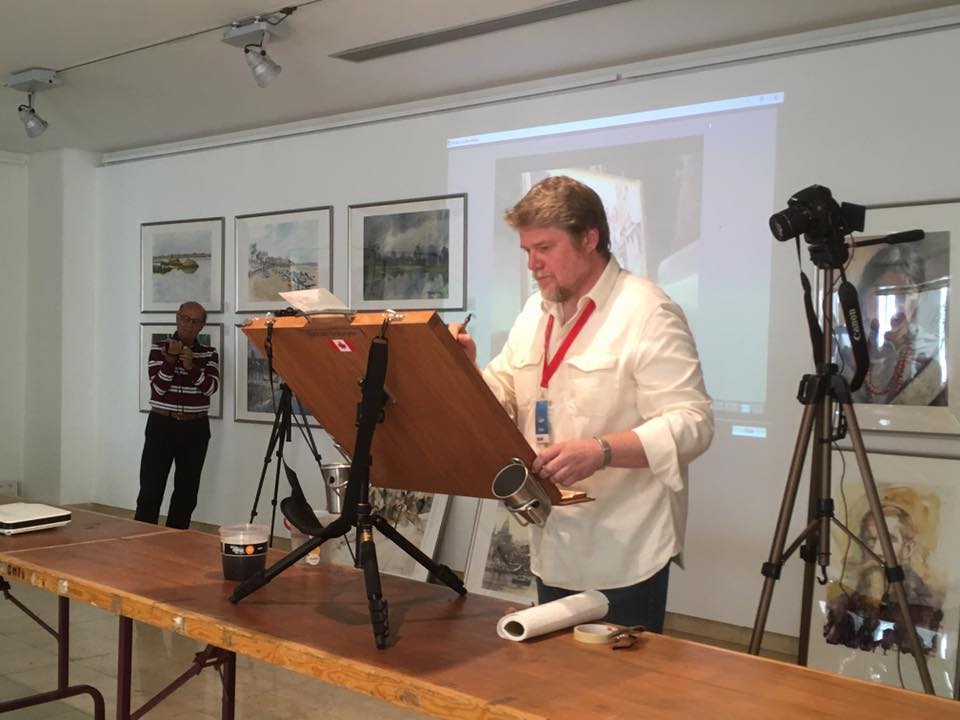Returning in 2019 is fiber artist, author, and teacher Susan Brubaker Knapp. In 2014, she became the host of “Quilting Arts TV,” which is shown on more than 400 public television stations across the U.S. She loves traditional hand quilting and needle-turn appliqué, but embraces innovative machine techniques in her art quilts. This year, Susan will be teaching how to recreate your original photos as pieces of fiber art in her 5-day workshop from November 10-16, 2019.
Q: How does your personal art practice fit into your life? Do you work on it every day? Block off certain time periods for it?
SBK: I juggle a lot of things, so I work when I can. Sometimes that is 15 minutes a day, and sometimes it is all day. I have periods where I am very productive, and periods where I am not. When my children were very little, I learned to grab time where I could. It’s a mistake to think that you need big blocks of time to accomplish things. Those 15-minute blocks add up. My studio is a small-ish room in our house that used to be a guest bedroom, so I don’t waste any time getting to my workspace, and I can (and do!) work in the middle of the night, in my pajamas.
Q: How do you approach critiques in your workshops?
SBK: I don’t do formal critiques during my workshops, unless students request them. I do provide constant feedback during class, though. Between demonstrations, I circulate through the classroom and talk with every student, making observations, offering constructive criticism, and helping guide the student to realizations about her or his work. I don’t believe it is my role to teach my students how to make work that looks like mine. I want their voice to shine through. So I try to help students figure out what they like or don’t like about their work, and either build on that or change it.
I’m not a “it’s my way or the highway” kind of teacher. I’ve taken classes from a few of those kinds of teachers, and I didn’t like it. I want my students to try new things, and to learn, but I also want them to have fun and feel a sense of joy as they work.
Q: How has your work evolved over time?
SBK: I’ve refined my processes and techniques since I started making art quilts, about 2006. I focus now mostly on wholecloth painting and fusible applique. I do sometimes dabble in other techniques, usually on smaller pieces, because I think it is good to experiment and wander off the path sometimes. My work is nearly realistic, and I think it will stay that way.
—
Learn more about Susan’s workshop on our
website.


